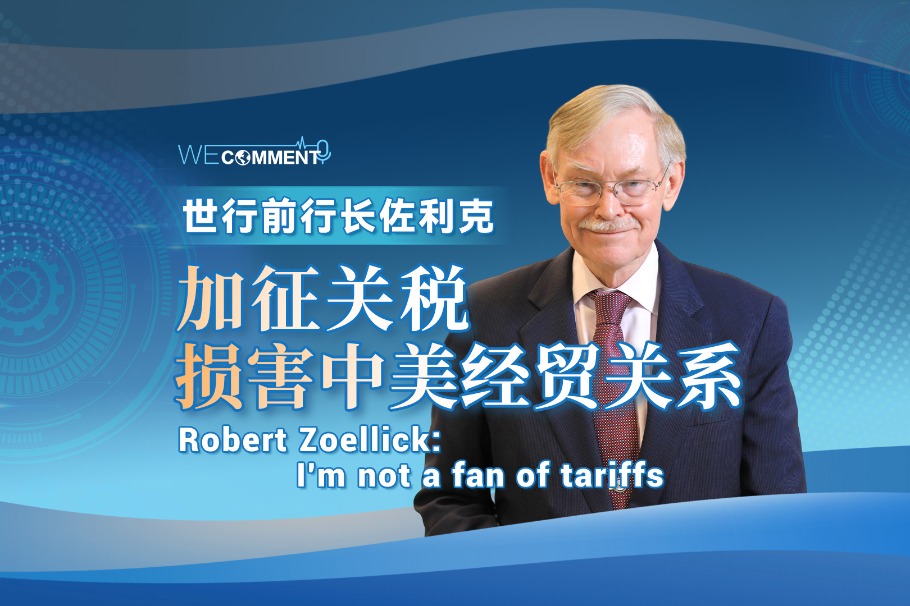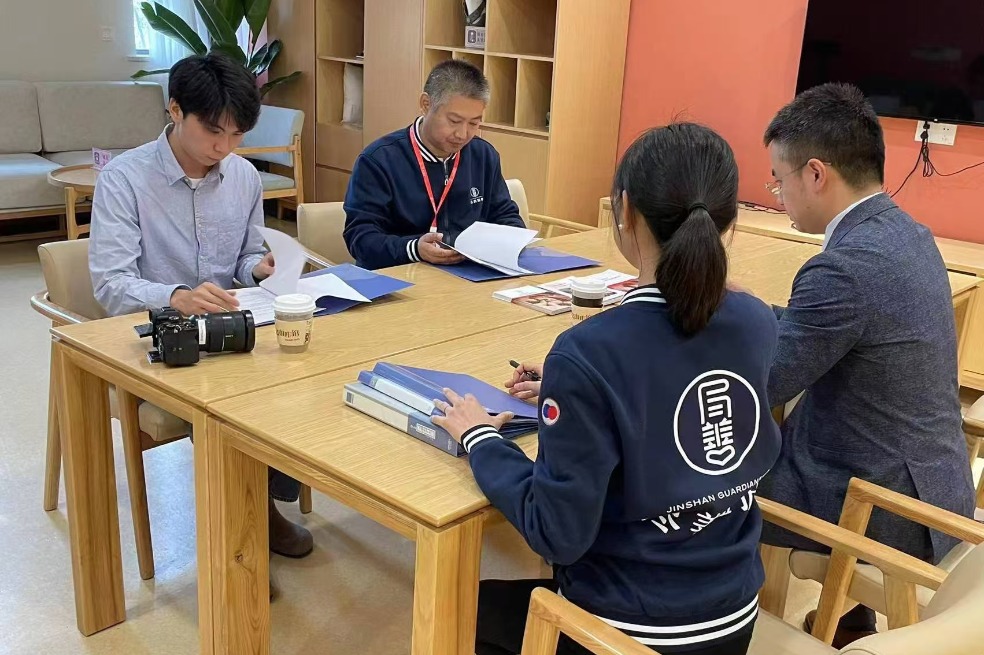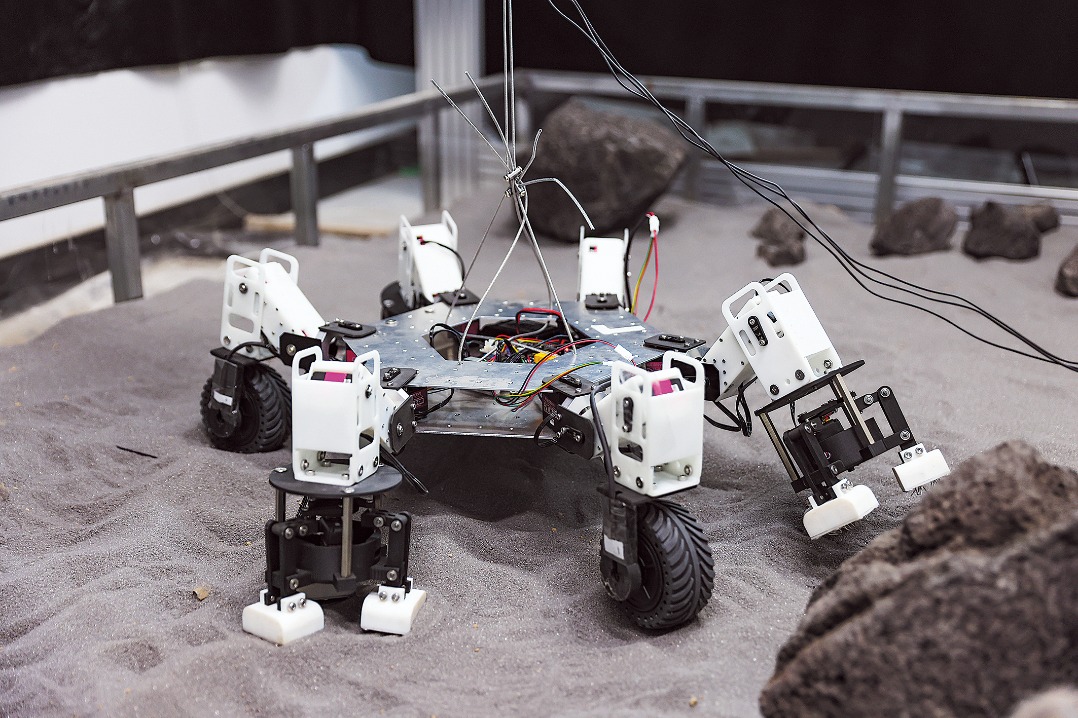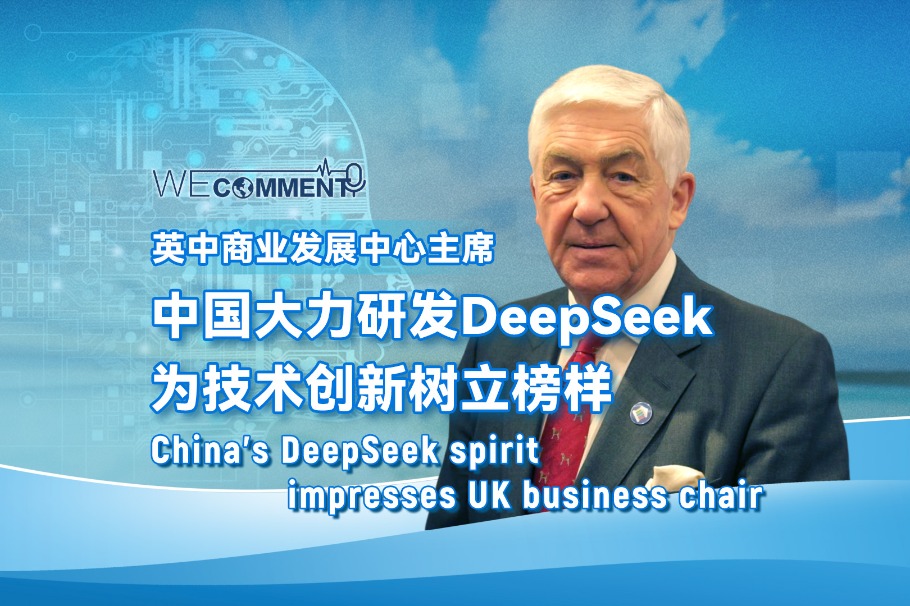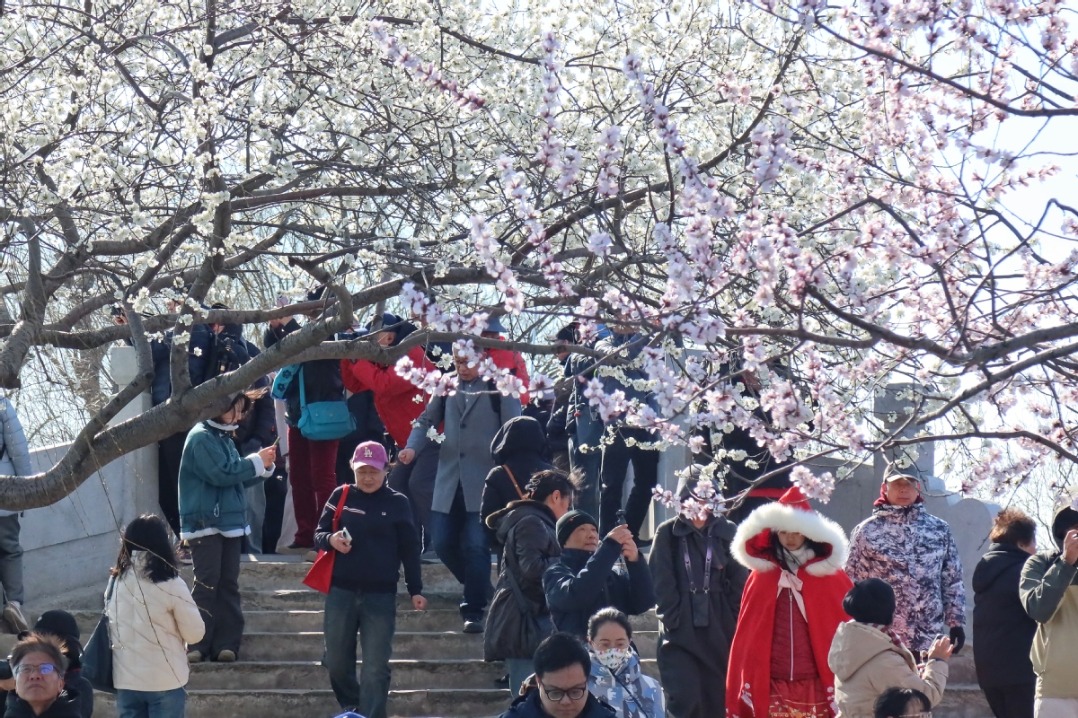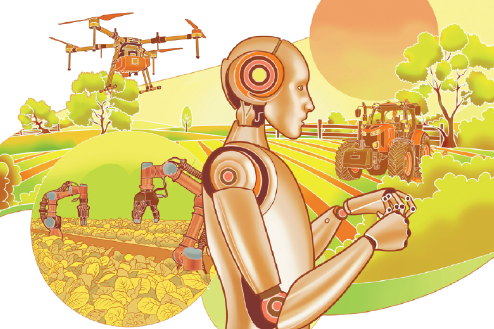CPC: Adaptation key to success


For the West, China is a disputable issue, even more so its phenomenal economic growth in recent decades. There are many question marks, in the West, over the emergence of China as the new economic, political, and recently also technological power.
What is the secret behind China's unprecedented success story?
Some characteristic features of China's rise are reform and opening up to the outside world, a pragmatic and realistic approach to issues, continuously adapting to a changing world, flexibility, connectivity, cautious experimentation, and gradual change. The terms gaige and kaifang-reform and opening-up-are indeed dynamic.
Launched in 1978, reform and opening-up have undergone certain changes, especially in the early 1990s when China joined the globalization process, eventually joining the World Trade Organization in December 2001. Today, the Chinese economy is a full-fledged and vital momentum of the global market.
However, the Chinese model of development has been from the very beginning very specific and unique. After 1992, China adopted, thanks to the visionary Deng Xiaoping, an East Asian model of development. The model may be akin to that of Singapore, but it has been adapted to local circumstances, needs and requirements (such as a large population, demographic dividend, lack of domestic capital, huge underdevelopment and regional stratification).
The expansive model inaugurated by former president Jiang Zemin and former premier Zhu Rongji and other "third generation" leaders in the 1990s has proved extremely successful and effective, judging by all available data.
Due to the proper decisions made and proper solutions used, the Chinese economy resembled an economic juggernaut. Yet fast-paced economic growth have had some side effects such as income inequality, environmental degradation and increasing climate challenges as well as accelerated population aging. But the CPC leadership has noticed these challenges and taken measures to address them.
Thus, when Xi Jinping was elected general secretary of the Communist Party of China Central Committee in late 2012, the demand for new solutions to socioeconomic problems and a new model of development was already high on the agenda.
Instead of former main engines of growth, such as exports and big investment (in infrastructure), new priorities were enumerated by the most influential Chinese economists, including Chi Fulin, Cai Fang, Justin Yifu Lin and Hu Angang. More cautious "sustainable development" with a lower, sustainable rate of growth was advised, combined with a stress to move toward high-technology goals, supported by supply-side structural reform. Not only production, but also consumption has become an important factor in future development. Building a harmonious, stronger and moderately prosperous society was high on the new economic agenda.
Those suggestions were soon combined with the official strategy of the new leadership coined by Xi Jinping himself as the "Two Centenary Goals", that is, by 2021 (the centenary year of the founding of the CPC) China will become a moderately prosperous society in all respects (xiaokang shehui), and by 2049(the 100th anniversary of the founding of the People's Republic) China will become a great, modern, harmonious and beautiful socialist country and realize great national rejuvenation (weida fuxing). At the 19th National Congress of the CPC in 2017, it was announced that, additionally, by 2035 China will also become "an innovative society" having basically realized socialist modernization.
All these actions and efforts have created a new development model, announced at the Fifth Plenary Session of the 19th CPC Central Committee in October 2020 and called "dual circulation" development paradigm, which is centered on the domestic economy (or "internal circulation") and aimed at integrating the domestic economy with the global economy (or "external circulation"). International trade and investment, including globalization forces, value chains, and ambitious projects under the Belt and Road Initiative are also important.
The intent behind this blueprint is obvious: expansion of domestic demand, rapid growth of local innovation capacity, reduction of dependence on external markets, combined with a further opening up to the outside world. Adaptation to the new circumstances is on the agenda again, with the escape from so-called middle-income trap and various risks, including the increasingly complex international environment, on top.
The new paradigm has several important features, such as sustainable, not double-digit, growth; exports as the main engine of economy being replaced by domestic consumption and a booming middle-income group; more investment, but with the focus being more on high-tech and services (including artificial intelligence and domestic technological companies) instead of infrastructure; closer attention to the social security system, including the aging population; growth of the green (even non-carbon) economy, better environmental protection and fight against climate change.
To fight climate change and better protect the environment, China has to transform its energy sector, by replacing fossil fuel-powered energy with clean and renewable energy including nuclear, solar, wind and hydro power.
China is changing again. The "dual circulation" development paradigm's effect has been evident during the COVID-19 pandemic, even though it looks like a response to the public health emergency rather than a long-term development model. It is a deep-rooted change for a country as large as China. However, the central leadership seems determined to press ahead with it.
Only with the passage of time will we come to know the final effects of these efforts. But for outside observers like us, China is not only continuously changing but also engaging.
The author, a professor at the University of Warsaw, is one of Poland's leading experts on China. The views don't necessarily reflect those of China Daily.

















